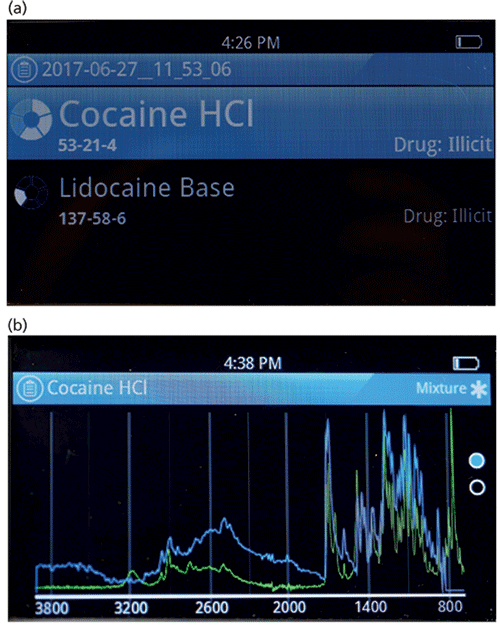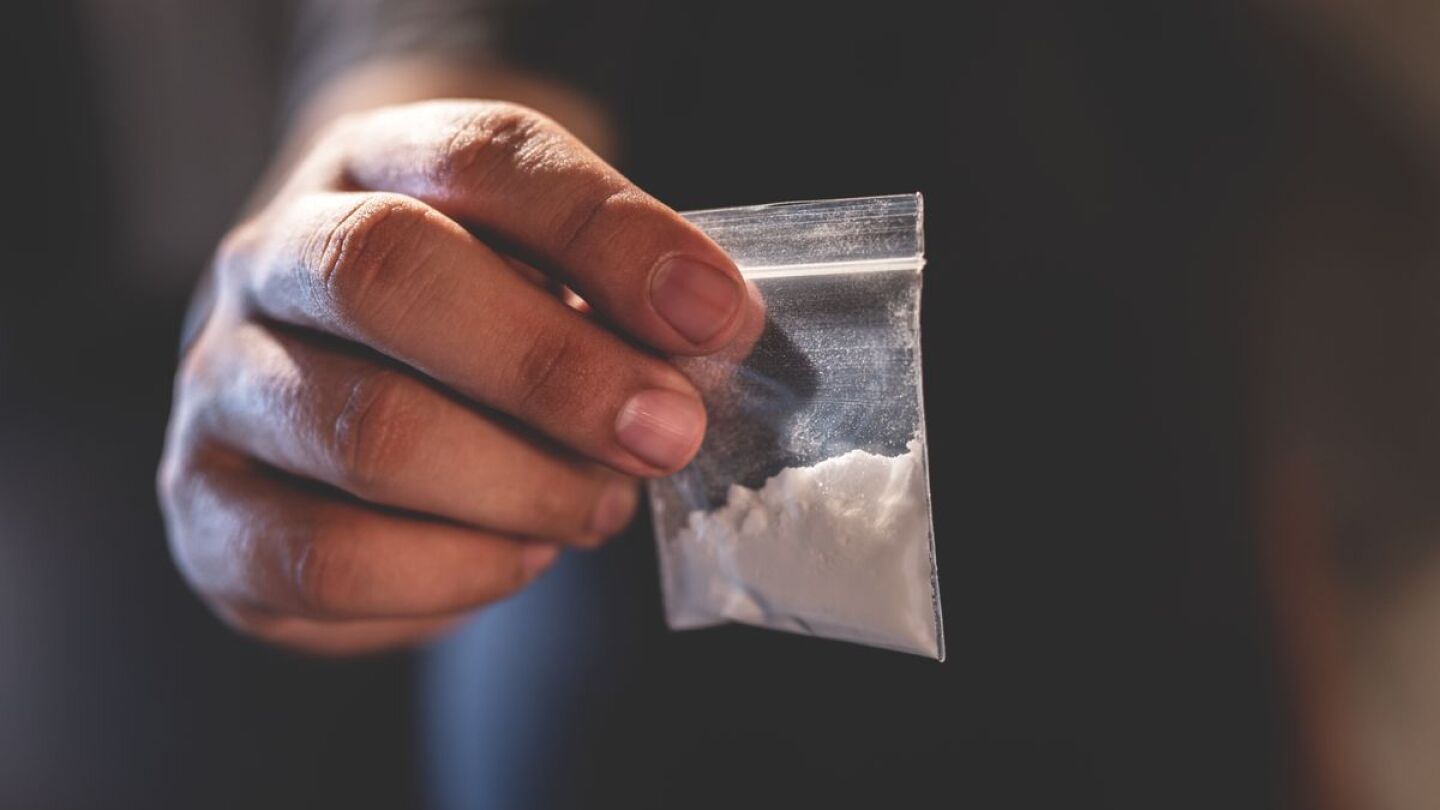@dalpat077 those reagent tests are perfectly legal in many countries, even those like Australia that ban commercial drug testing services by labs or pill testing at festivals.
I'm sure they are. Wouldn't know i.e. first time I've gone down this rabbit hole.
Only ones I'm familiar with are those little bags with the vial that the officer breaks and then shakes after inserting some of the substance into the bag. Those particular ones I've only seen available to law enforcement (but obviously I'm only looking at US sites). From what I gather they're not the same thing though (but I stand under correction) i.e. seems to me they're drug specific e.g. will turn blue for Cocaine (and the darker the better) (well: depends on which side of the line you are of course). In other words they're not like those reagent tests that I THINK you're talking about (which are far more general in nature) although probably work on the same principle i.e. chemical reaction and eyeballing the outcome.
Don't quote me on the above i.e. I'm by no means an expert in the field at all. My initial interest in all of this stuff (the expensive testing gear) was, I think, much along the same lines as yours i.e. a commercial testing laboratory.
I mentioned the actual making of reagent tests in reference
@plumbus-nine's comment above. At a cursory glance and without my getting too carried away on this tangent: even good 'ol Wikipedia details the contents of some of these reagent tests.

en.wikipedia.org
I went off at a tangent on this (that's how I ended up on those websites above) i.e. I distinctly remember Cocaine HCL glowing a very very light shade of pale green under UV light back in the day. And that got me to wondering if Fentanyl, for example, would fluoresce a different color under UV light. Not too far fetched an idea i.e. there's a "Meth. Gun" that's been around for ages (but did get somebody arrested for sprinkles of icing sugar that fell off of his doughnut onto his floor mat in his car). And I see there's somebody working on a "Fentanyl Gun". Not necessarily UV light but a light spectrum is what these guns emit so far as I can tell. There's also some anecdotal evidence on Reddit i.e. some say that Fentanyl and Heroin fluoresce differently under UV light (doesn't seem to be an exact science though). I guess my point is that if there was any science behind this then it'd provide a cost effective and cheap and nasty solution for users is all i.e. a simple UV flashlight and some batteries and you're good to go (and if not good to go at least aware anyway). Problem is that most of the usual suspects fluoresce under UV light. But do they all fluoresce the same color is the question (to the naked eye which is key).
But I'll leave it to the experts and science.
Here's a decent paper (looks like) on these topics:
Given the current opioid crisis around the world, harm reduction agencies are seeking to help people who use drugs to do so more safely. Many harm reduction agencies are exploring techniques to test illicit drugs to identify and, where possible, quantify their constituents allowing their users...

harmreductionjournal.biomedcentral.com
It's a little bit dated (2017) but makes for interesting reading nevertheless. Not sure how much further we've come technologically speaking.
Some things that kinda jumped off of the pages and that I found interesting:
Some or the other app. and associated chart that uses a smartphone to analyze the results of colorimetric tests (thus bypassing eyeballing) (edit: apparently nothing new).
Using those urine sample (dipstick) tests to test for Fentanyl (don't try this at home unless you read the paper).
And what I was (roughly anyway) on about above i.e. ultraviolet spectroscopy.



